 |
 |
 |
 |
 |
|
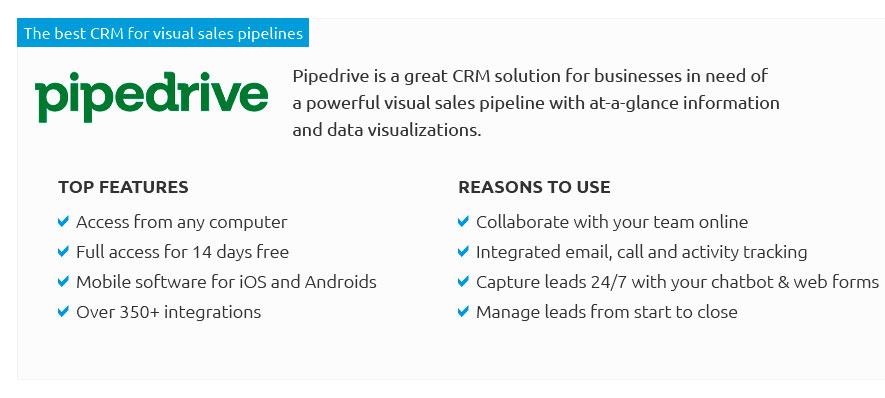 |
|
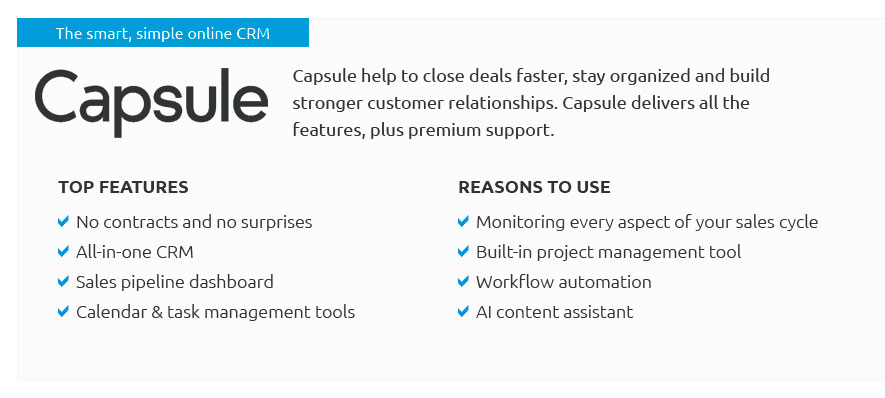 |
|
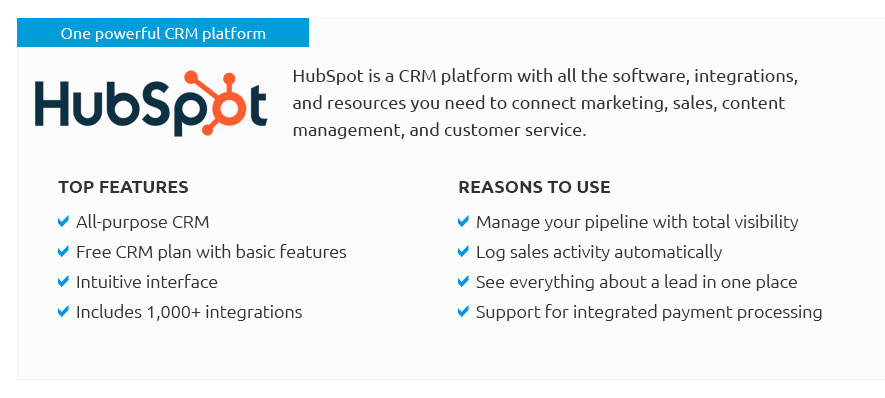 |
|
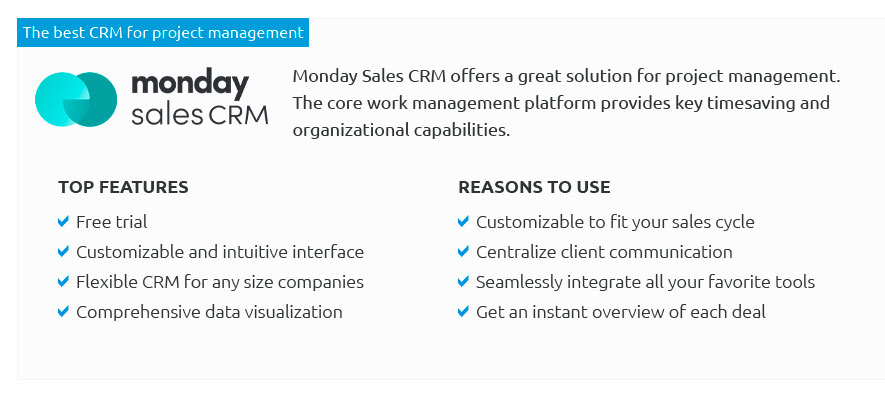 |
|
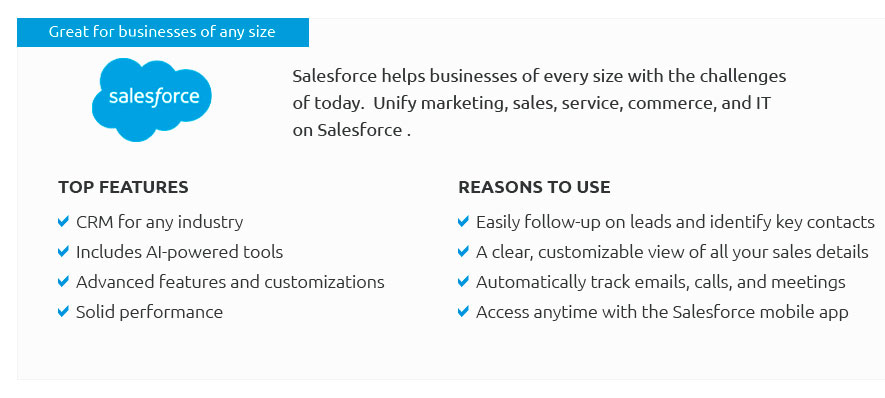 |
|
 |
 |
Best CRM Software for Large Businesses: What Matters MostIn today's fast-paced business environment, selecting the right Customer Relationship Management (CRM) software is crucial for large enterprises aiming to maintain a competitive edge. With an abundance of options available, discerning the best CRM software for large businesses involves a deep dive into features, scalability, and integration capabilities, all while considering the subtle nuances that differentiate a truly exceptional platform from a merely adequate one. Understanding Business Needs: The journey begins with a thorough understanding of the business's specific needs. Large businesses often deal with complex sales processes, extensive customer databases, and the necessity for seamless cross-departmental collaboration. Hence, a CRM that can effectively manage these intricate requirements is indispensable. While smaller businesses may thrive on more straightforward solutions, large enterprises require a robust system that can handle vast amounts of data without compromising on performance. Key Features to Consider: When evaluating CRM software, several features stand out as non-negotiable for large businesses. Scalability is at the forefront, ensuring the software can grow alongside the company. Furthermore, the ability to integrate seamlessly with existing tools-be it marketing automation platforms, customer service solutions, or data analytics tools-can significantly enhance productivity. Additionally, sophisticated reporting and analytics capabilities are critical for gaining insights into customer behavior and sales performance, empowering decision-makers to devise informed strategies. User Experience and Support: The user experience is another pivotal aspect. An intuitive interface that minimizes the learning curve can drive adoption rates among employees, ensuring that the CRM is utilized to its full potential. Moreover, comprehensive support and training resources can spell the difference between a smooth implementation and a challenging one. The best CRM vendors offer robust support systems, including dedicated account managers and extensive online resources, to assist businesses in overcoming any hurdles they may encounter. Security and Compliance: In an era where data breaches are a constant threat, robust security measures are imperative. Large businesses, with their extensive customer databases, must prioritize CRM solutions that offer state-of-the-art security features, including encryption, access controls, and compliance with industry standards such as GDPR or HIPAA. These measures not only protect sensitive data but also bolster the company’s reputation as a trustworthy entity. Leading CRM Solutions: Among the myriad of options, several CRM solutions have emerged as leaders for large enterprises. Salesforce, often hailed as a pioneer in the CRM space, offers unparalleled customization and integration capabilities, making it a favorite among Fortune 500 companies. Microsoft Dynamics 365 is another powerhouse, seamlessly blending CRM and ERP functionalities to streamline business processes. Meanwhile, SAP CRM provides robust analytics and industry-specific solutions, catering to the unique needs of various sectors. The Importance of Adaptability: Ultimately, the best CRM software is one that adapts to the evolving landscape of business needs. As market conditions change and technology advances, a CRM that can pivot and evolve ensures that the business remains agile and responsive. This adaptability often translates into a long-term partnership between the enterprise and the CRM provider, fostering continuous innovation and growth. In conclusion, selecting the best CRM software for a large business is not a decision to be taken lightly. By prioritizing scalability, integration, user experience, security, and adaptability, businesses can choose a platform that not only meets their current needs but also positions them for future success. As the business landscape continues to evolve, the right CRM software serves as a cornerstone for building lasting customer relationships and driving organizational growth. https://www.quora.com/What-is-the-best-CRM-system-for-SaaS-company-with-20K-customers-and-400-employees
90% chance you should use Salesforce. The simple reason isn't the software itself. There are other solutions. The simple reason is your VP ... https://www.reddit.com/r/CRM/comments/okfi4v/best_crm_for_midlarge_size_company/
I'd recommend to check out EspoCRM. The software is open-source, easy to use and highly customizable. It offers a nice range of tools to automate the sales ... https://thecxlead.com/tools/best-enterprise-crm/
HubSpot CRM is an all-in-one solution that's suitable for businesses of all sizes, including enterprise and large companies. The software helps you to unify ...
|